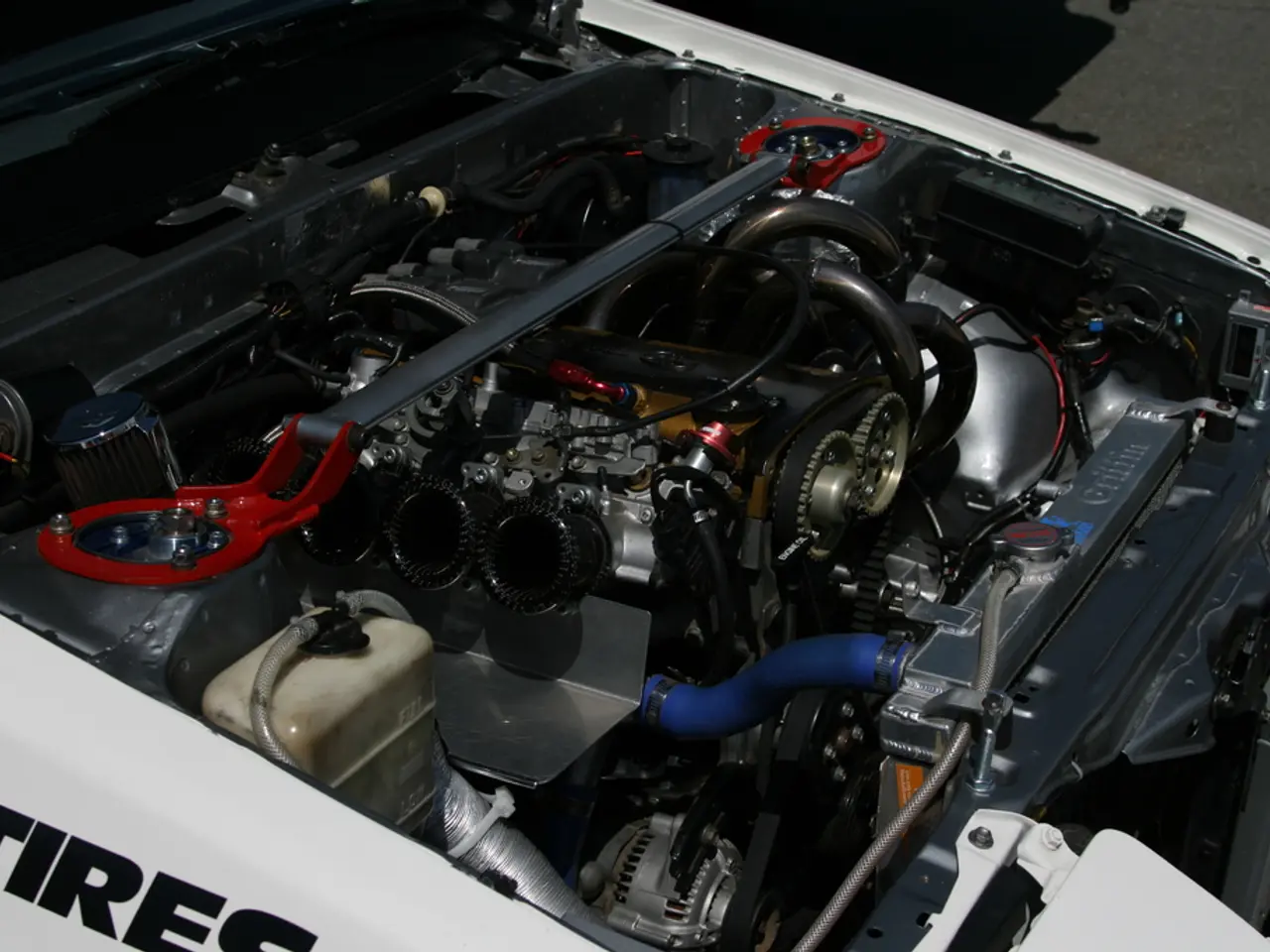Sunfire's High-Temperature Electrolyzer Marks Milestone in Rotterdam Refinery
The MultiPLHY project has reached a significant milestone with the commissioning of a high-temperature electrolyzer in Rotterdam. Backed by the EU's Clean Hydrogen Partnership, this initiative aims to demonstrate the feasibility of green hydrogen in refinery processes, replacing fossil-based hydrogen.
Sunfire, a German company, has installed the most powerful high-temperature electrolyzer to date in an industrial setting. The 2.6 MW plant, integrated into the Neste refinery's processes, operates at a process temperature of 850 degrees Celsius. It uses waste heat from the refinery, enhancing overall efficiency.
The electrolyzer, based on Solid Oxide Electrolysis Cells (SOECs), achieves an impressive 84 percent efficiency on a lower heating value basis, adjusted for alternating current (LHV,AC). This is higher than conventional electrolyzers, consuming less power. Sunfire has previously tested this technology in the EU project GrInHy2.0.
Sinopec, a Chinese energy giant, is also involved in the development of high-temperature SOECs. They operate a pilot facility in the Zhongyuan oilfield, focusing on high-temperature-based SOECs. However, specific details about their most powerful electrolyzer are not available.
The MultiPLHY project's success in Rotterdam marks a significant step for the European electrolyzer industry. Sunfire's electrolyzer, with its high efficiency and waste heat utilization, could pave the way for wider adoption of green hydrogen in refineries. The test program will validate the technology's performance in continuous industrial operation, bringing us closer to a future powered by clean energy.
Read also:
- Industrial robots in China are being installed at a faster rate than in both the United States and the European Union, as the global market for these robots faces a downturn.
- Galvanize Unveils $1.3 Billion Plan to Fund the Energy Sector's Evolution Pathway
- EAFO Research Uncovers Crucial Elements in Electric Vehicle Adoption within the EU
- Kazakhstan: From Nuclear Test Ground to Disarmament Champion








